Neuroscience
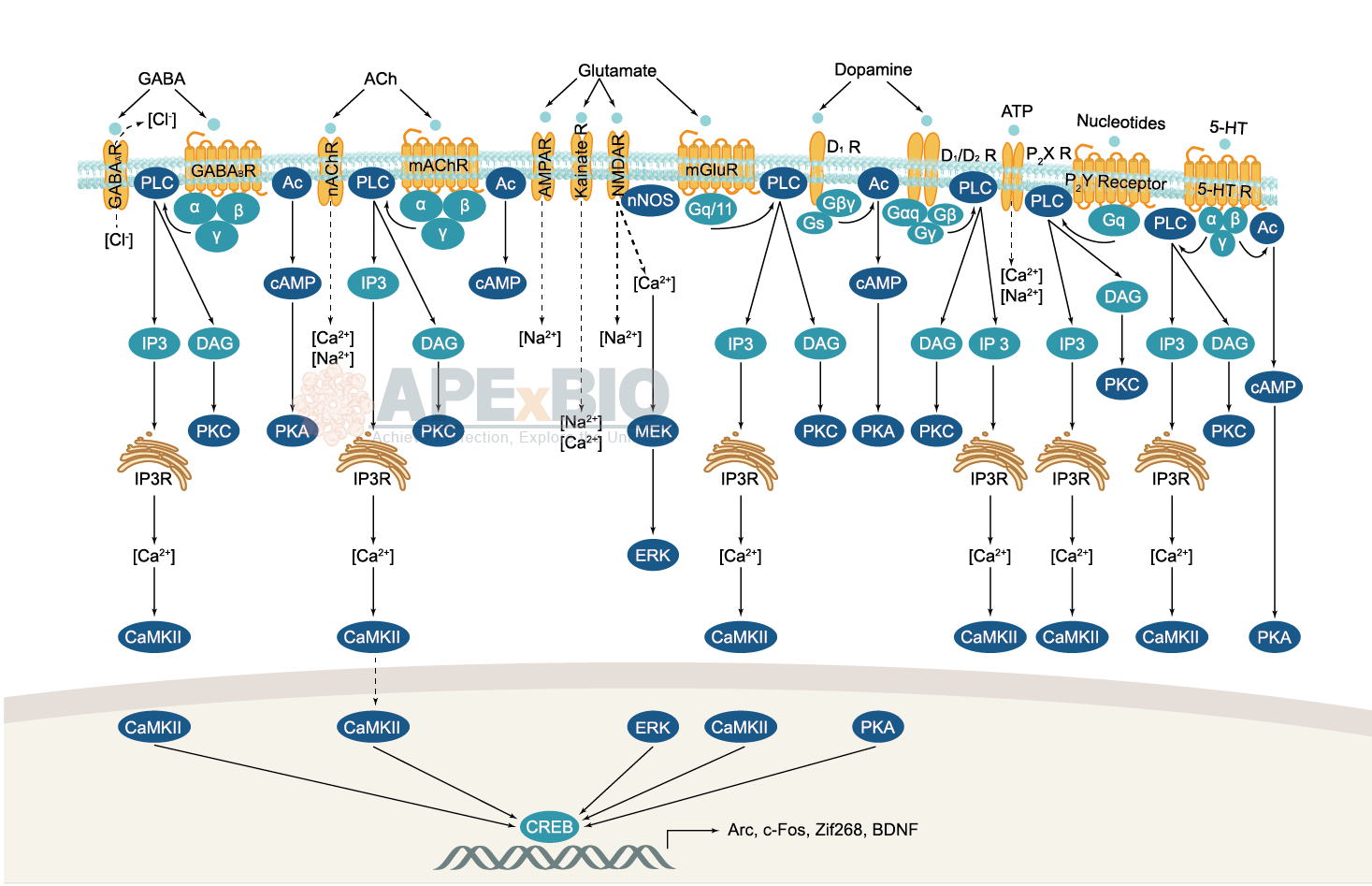
Neurotransmitter receptors function via various G-protein coupled and G-protein independent mechanisms that activate downstream intracellular signaling pathways such as cAMP/PKA, PI3K/AKT, phospholipase A2, and phospholipase C pathways. For instance, dopamine receptors act through adenylate cyclase to activate PKA and other signaling molecules, thereby mediate gene expression through the actions of CREB and other transcription factors. Other neurotransmitters such as NMDAR or AMPAR are associated with ion channels that control flux of Ca2+ and Na+, thus propagating the action potential across the post-synaptic neuron.
Dysfunctions in GABAergic/glutamatergic/serotonergic/dopaminergic pathways result in a broad range of neurological disorders such as chronic pain, neurodegenerative diseases, and insomnia, as well as mental disorders including schizophrenia, bipolar disorder, depression, and addiction.
-
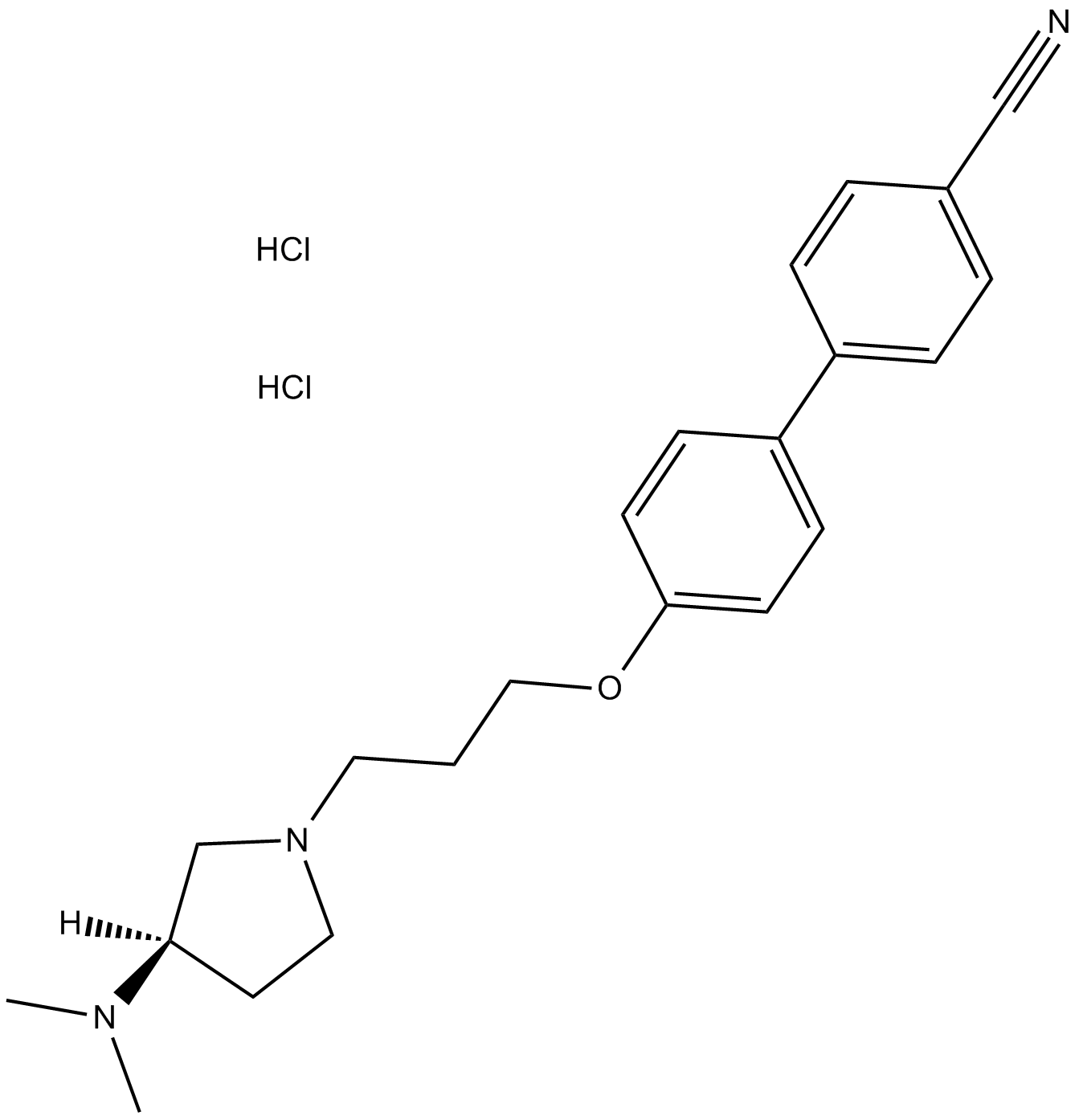 B7698 A 331440 dihydrochlorideSummary: H3 receptor antagonist,non-imidazole,high affinity
B7698 A 331440 dihydrochlorideSummary: H3 receptor antagonist,non-imidazole,high affinity -
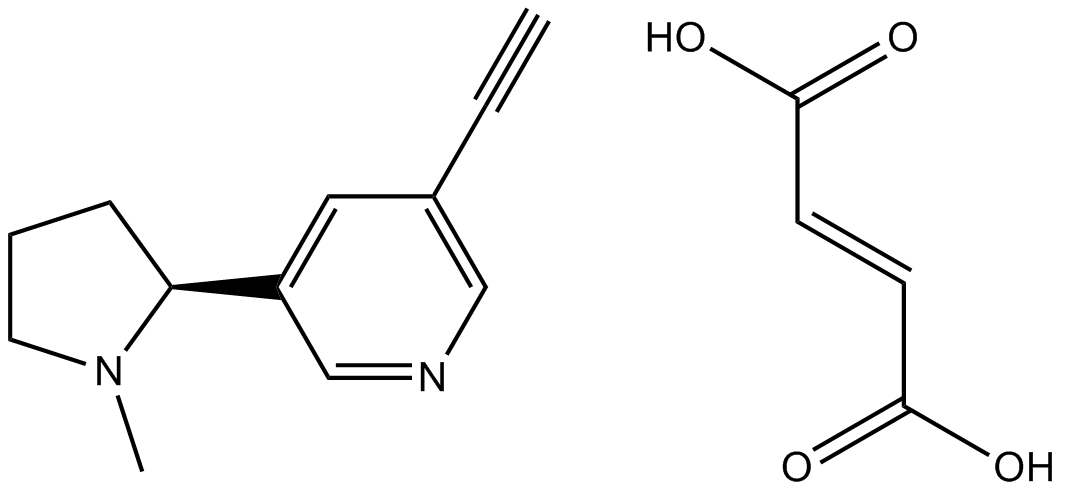 B7710 SIB 1508Y maleateSummary: neuronal nicotinic ACh receptor agonist
B7710 SIB 1508Y maleateSummary: neuronal nicotinic ACh receptor agonist -
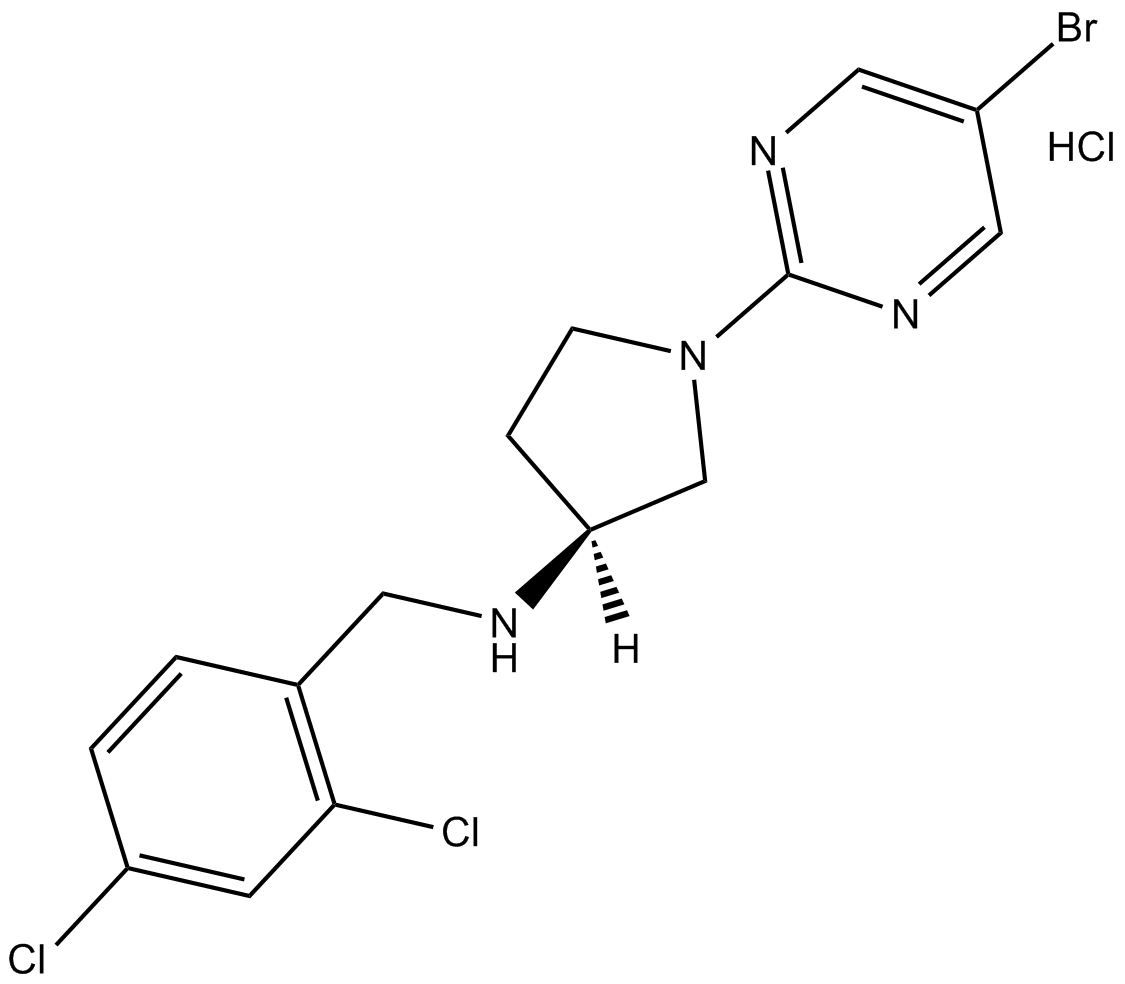 B7724 LY 2389575 hydrochlorideSummary: negative allosteric modulator of mGlu3
B7724 LY 2389575 hydrochlorideSummary: negative allosteric modulator of mGlu3 -
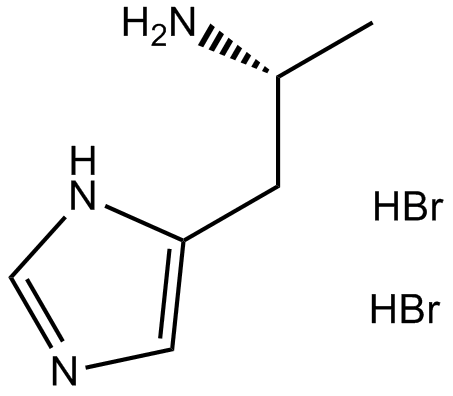 B5010 (R)-(-)-α-Methylhistamine dihydrobromide1 CitationSummary: Very potent, high affinity H3 agonist
B5010 (R)-(-)-α-Methylhistamine dihydrobromide1 CitationSummary: Very potent, high affinity H3 agonist -
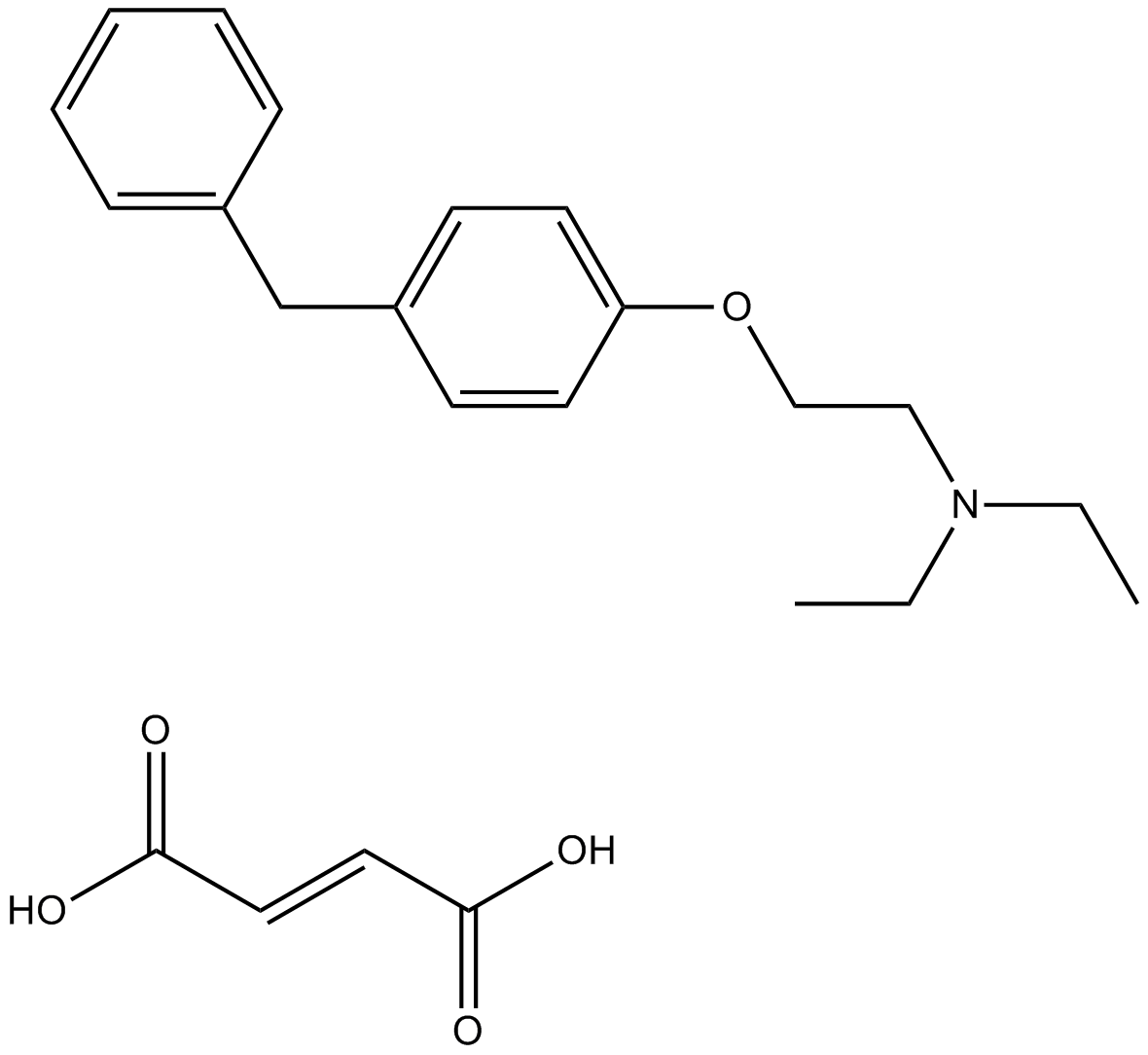 B5014 DPPE fumarateSummary: inhibitor of histamine binding at the intracellular histamine (Hlc) site
B5014 DPPE fumarateSummary: inhibitor of histamine binding at the intracellular histamine (Hlc) site -
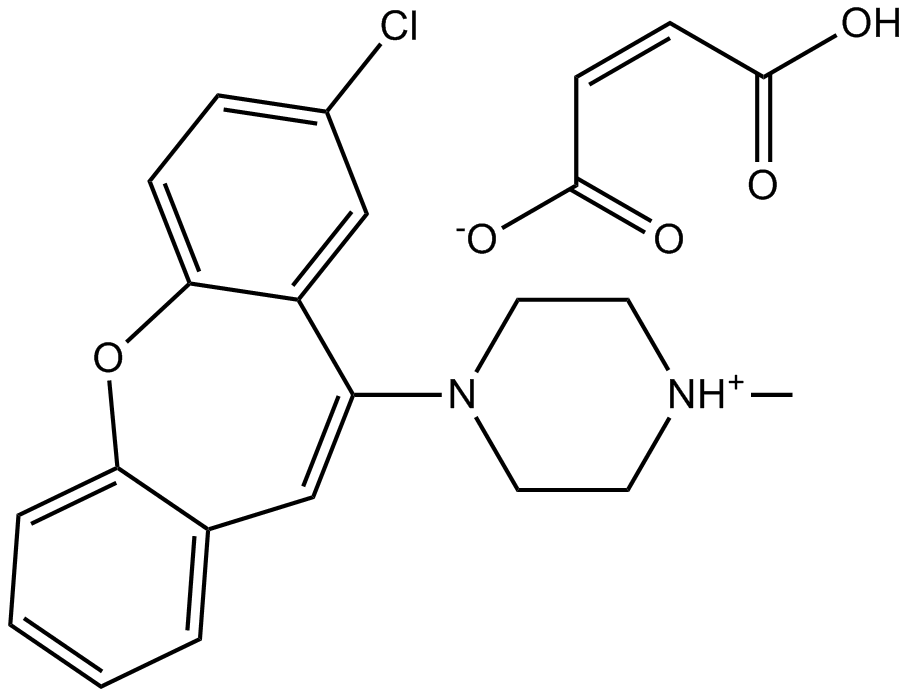 B5016 2-CMDOSummary: Dopamine D2-like receptor antagonist
B5016 2-CMDOSummary: Dopamine D2-like receptor antagonist -
 B5021 TiotidineSummary: Potent histamine H2-receptor antagonist
B5021 TiotidineSummary: Potent histamine H2-receptor antagonist -
 B5028 Dihydrexidine hydrochlorideSummary: dopamine D1 agonist
B5028 Dihydrexidine hydrochlorideSummary: dopamine D1 agonist -
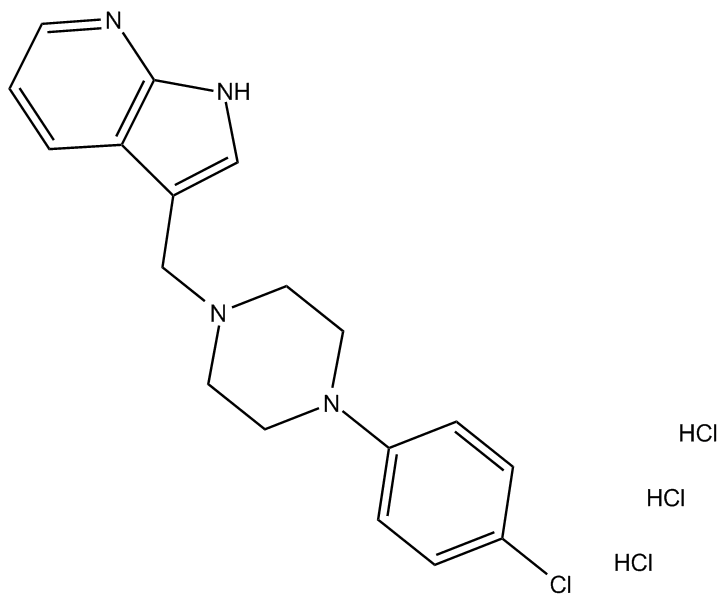 B5043 L-745,870 trihydrochlorideSummary: highly potent and selective D4 dopamine receptor antagonist
B5043 L-745,870 trihydrochlorideSummary: highly potent and selective D4 dopamine receptor antagonist -
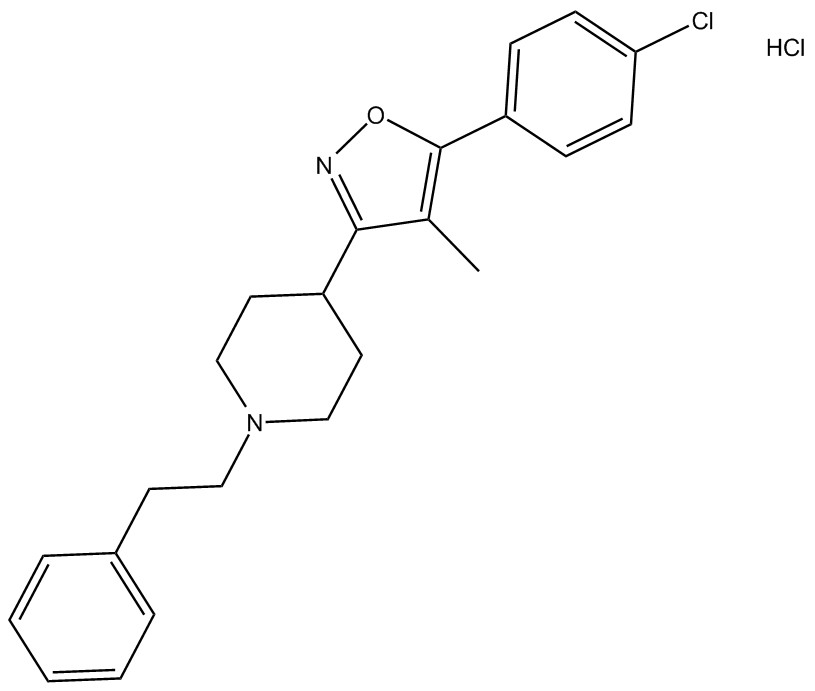 B5044 L-741,742 hydrochlorideSummary: highly potent and selective D4 dopamine receptor antagonist
B5044 L-741,742 hydrochlorideSummary: highly potent and selective D4 dopamine receptor antagonist

